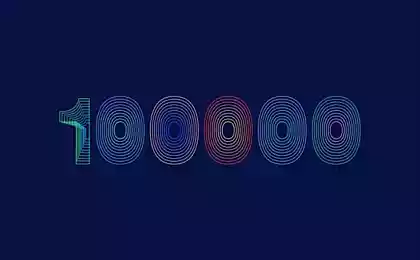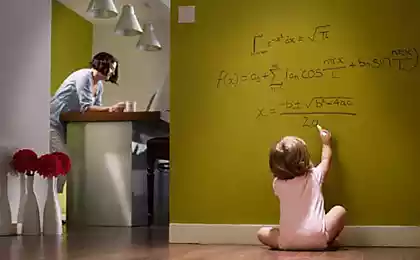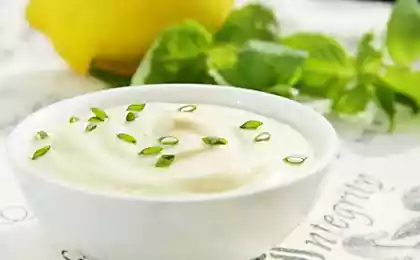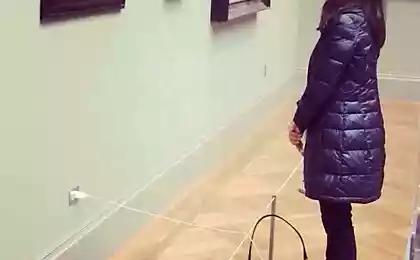559
The device that turns the paper in pencil
The pulp and paper industry, as we know, is not harmless: it's not just about the costs of wood (even certified), but also on a large number of toxic waste and energy costs. Given these circumstances, the whole world today is trying to reduce paper consumption and to use it to its maximum advantage. For these purposes was created the eco-friendly concept of "P&P Office Waste Paper Processor".
The abbreviation "P&P" here means "Paper & Pencil", that is paper and pencil. Gadget took part in the competition of the company "Lite-On", was developed by a Quartet of Chinese industrial designers: Changjo Rouen, YANYUAN Liu, Xinwei yuan and Chao Chen. The innovative device is able to turn used paper A4 pencils. Job "P&P Office Waste Paper Processor", loaded with slate, is in a very tight wrapping around them taped a sheet of paper fed through a special hole. The result is quite decent pencil, which you can still see the approximate content of the document before you send it in the tray.

This device is also very useful in the office: copier damaged leaves and obsolete files no longer go in the trash or shredder. No less useful "P&P Office Waste Paper Processor" will be in the schools: the course will scribbled drafts, old notebooks and other scraps of paper. Given that the cost of leads is much lower than that produced by sophisticated technology of pencils, paper and junk is full of Chinese development today can be called the main competitor manufacturers of pencils.
Among usual pencils have different grades. The cheapest of them are made of alder. Followed by lime, light wood which gives a presentable product. The most expensive pencils made of California pine or cedar. But, anyway, every manufacturers do not use any wood waste industry, and sawing wood aged at least 50 years. Imagine how many trees could save the "P&P Office Waste Paper Processor"!


However, all new is well forgotten old: gadget from China repeats the story of the birth of a pencil. Many centuries ago people was used for writing with chalk, and of lead or silver bars and to not get dirty hands, they were wrapped with various materials (cloth, paper, etc.) Graphite appeared only in the XVII century in the UK, and its usual look pencil purchased in 1775 by Frenchman Nicolas Jacques Conte.
In anticipation of economic "P&P Office Waste Paper Processor" anyone can make a simple pencil and their own. For this we need origami paper — the best colour or patterns to when sharpening the pencil look original. You can also use any unwanted paper, Newspapers, magazines. Just need glue and a paint brush, scissors and a sharp knife, stylus (it can be purchased in an office supply store or online).
First cut from paper a square whose side is 5 mm shorter than the length of the rod. Generously cover the inside of the paper glue with a brush – paper should be pliable but not too wet. Place the rod at 2 inches parallel to one edge of the paper and leveled one of its ends with the other edge (the other end will default to "locked"). Bend the paper along the line of the rod and allow it to stick. Now tightly wrap the pen and give the glue to dry. Were neatly sharpened knife, you can safely use it!
Source: /users/104
The abbreviation "P&P" here means "Paper & Pencil", that is paper and pencil. Gadget took part in the competition of the company "Lite-On", was developed by a Quartet of Chinese industrial designers: Changjo Rouen, YANYUAN Liu, Xinwei yuan and Chao Chen. The innovative device is able to turn used paper A4 pencils. Job "P&P Office Waste Paper Processor", loaded with slate, is in a very tight wrapping around them taped a sheet of paper fed through a special hole. The result is quite decent pencil, which you can still see the approximate content of the document before you send it in the tray.

This device is also very useful in the office: copier damaged leaves and obsolete files no longer go in the trash or shredder. No less useful "P&P Office Waste Paper Processor" will be in the schools: the course will scribbled drafts, old notebooks and other scraps of paper. Given that the cost of leads is much lower than that produced by sophisticated technology of pencils, paper and junk is full of Chinese development today can be called the main competitor manufacturers of pencils.
Among usual pencils have different grades. The cheapest of them are made of alder. Followed by lime, light wood which gives a presentable product. The most expensive pencils made of California pine or cedar. But, anyway, every manufacturers do not use any wood waste industry, and sawing wood aged at least 50 years. Imagine how many trees could save the "P&P Office Waste Paper Processor"!


However, all new is well forgotten old: gadget from China repeats the story of the birth of a pencil. Many centuries ago people was used for writing with chalk, and of lead or silver bars and to not get dirty hands, they were wrapped with various materials (cloth, paper, etc.) Graphite appeared only in the XVII century in the UK, and its usual look pencil purchased in 1775 by Frenchman Nicolas Jacques Conte.
In anticipation of economic "P&P Office Waste Paper Processor" anyone can make a simple pencil and their own. For this we need origami paper — the best colour or patterns to when sharpening the pencil look original. You can also use any unwanted paper, Newspapers, magazines. Just need glue and a paint brush, scissors and a sharp knife, stylus (it can be purchased in an office supply store or online).
First cut from paper a square whose side is 5 mm shorter than the length of the rod. Generously cover the inside of the paper glue with a brush – paper should be pliable but not too wet. Place the rod at 2 inches parallel to one edge of the paper and leveled one of its ends with the other edge (the other end will default to "locked"). Bend the paper along the line of the rod and allow it to stick. Now tightly wrap the pen and give the glue to dry. Were neatly sharpened knife, you can safely use it!
Source: /users/104






















